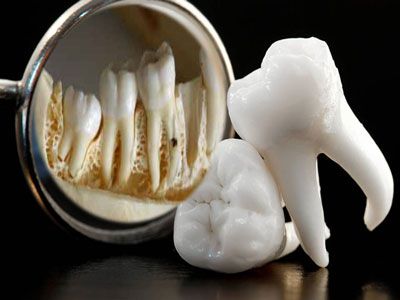
- Home
- About
- Our Team
- Services
- Postoperative Care
- Smile Gallery
- Medical Tourism
- Blog
- Offers
- Contact Us
- Home
- About
- Our Team
- Services
- Postoperative Care
- Smile Gallery
- Medical Tourism
- Blog
- Offers
- Contact Us

When it comes to oral health, there are times when standard dental treatments might not be sufficient to address certain conditions. In such cases, specialized procedures like apicectomy and cyst enucleation come to the rescue. These advanced dental techniques provide effective solutions for treating specific dental issues that cannot be resolved through conventional means. In this blog, we will delve into the details of apicectomy and cyst enucleation, highlighting their importance in dental care. So, let’s get started!
Understanding Apicectomy
Apicectomy, also known as root-end surgery, is a dental procedure performed to save a tooth with persistent infection or damage to the root tip (apex). It is typically considered when a conventional root canal treatment has failed to eradicate the infection completely. This procedure involves the removal of the infected portion of the tooth’s root and the surrounding inflamed tissues. By eliminating the infection source, apicectomy aims to promote healing and preserve the natural tooth.
A cyst enucleation is a surgical procedure performed to remove cystic lesions that develop in the oral cavity. These cysts can occur as a result of various factors, such as infections, trauma, or developmental abnormalities. If left untreated, cysts can cause pain, swelling, and even damage to adjacent teeth and bone structures. A cyst enucleation aims to eliminate the cyst and prevent further complications.

reasons for dental apicectomy

Reasons for cyst enucleation

Dental X-rays: A Crucial Diagnostic Tool
Before undertaking an apicectomy, dentists often rely on dental X-rays to evaluate the condition of the tooth and assess the extent of the infection. These X-rays provide detailed images of the tooth’s root structure, allowing dentists to identify the precise location and nature of the problem. By examining the X-rays, dentists can determine if an apicectomy is the appropriate course of action or if alternative treatments should be considered.

The Apicectomy Procedure
The apicectomy procedure typically involves the following steps:
1. Local Anesthesia: To ensure patient comfort, the dentist administers local anesthesia to numb the affected area.
2. Incision: The dentist creates a small incision in the gum tissue near the tooth, providing access to the root tip.
3. Root End Removal: Using dental instruments, the infected portion of the root is carefully removed.
4. Retrograde Filling: After removing the root end, a small filling material is placed to seal the remaining root canal space.
5. Sutures and Healing: The gum tissue is stitched back into place, promoting healing.
Apicectomy and cyst enucleation are specialized dental procedures that address complex dental issues that may not respond to conventional treatments. Dental X-rays play a crucial role in diagnosing these conditions accurately. By collaborating with a skilled dentist, patients can benefit from these advanced procedures, ensuring effective treatment and long-term oral health.
Remember, if you’re experiencing persistent dental issues, it’s essential to consult with a qualified dentist who can provide a thorough evaluation and recommend the most suitable treatment plan for your specific needs.